Join US
Do you want to build the fantasy world you’ve always dreamed of?
Subscribe to receive notifications when a new post is out and for our monthly newsletter!
You can always unsubscribe anytime.
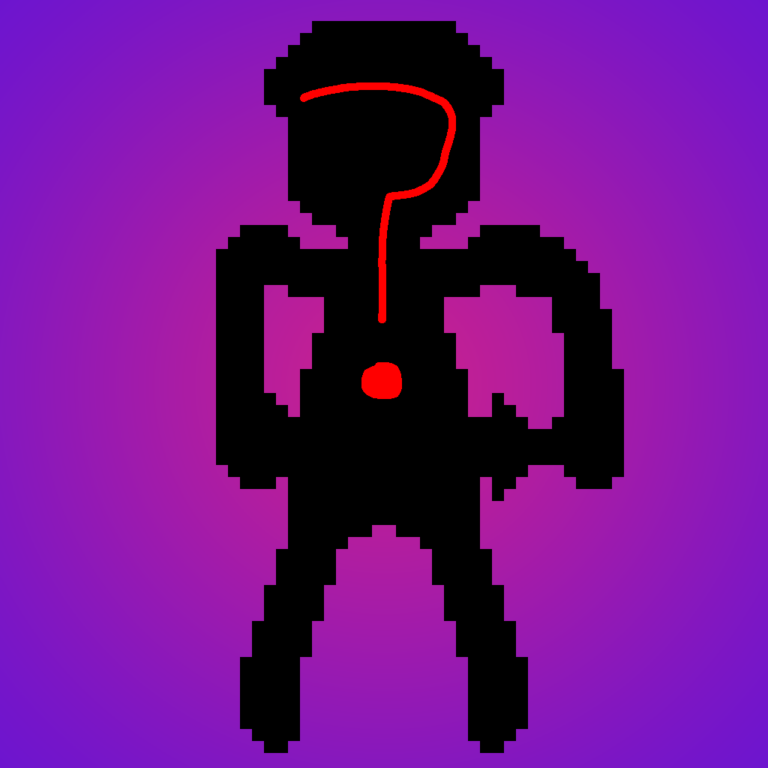
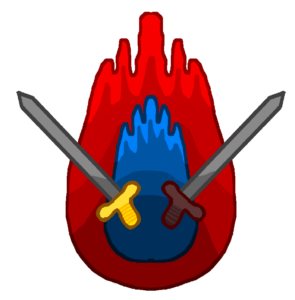
Writing a novel takes a lot of time and energy. There’s so much to do, so much to keep track of, which is why it’s important to come up with a plan of attack. Developing such a plan enables you to break it down into smaller, more manageable pieces. Creating a fantasy character is just one of the many things on the agenda.
Making a fantasy character is arguably one of the most important things to do, for he impacts the story in many ways. He brings life to an otherwise vacant world. And you won’t be creating just one. Instead, you’ll make many, depending on how extensive your novel will be.
Creating a fantasy character can occur during the brainstorming phase. This is where you begin to envision how he’ll look and act and so on. In the outlining phase, you’ll flesh him out fully. Both the brainstorming and outlining phases are part of the concept stage.
A character is multi-dimensional, meaning he has many different layers. How he walks and talks and deals with problems determines how other people perceive him. In many ways, he is very much like a real person, or someone you would see in the real world.
When creating a fantasy character, you have a lot to do. For instance, you must develop his physical features, since they’ll be the first thing your audience sees. His physical appearance can also reveal how well he takes care of himself.
With the outside done, you’ll tackle the inside. Each character has his own personality, his own way of seeing things. It’s up to you to tailor the personality to each character, for different personalities lead to characters clashing over a great many things.
Don’t forget to delve into the backstory. A character’s backstory shows why and how he became the way he is now. You can use this to great effect to show how someone’s changed from then to now and why.
This is the third article in the writing a fantasy novel series. If you wind up enjoying this article, we have tons more, all of which are located on our blog page.
With that said, let’s dive into creating a fantasy character!
Coming up with a character begins in the brainstorming process. This is where you come up with just the basic ideas for multiple characters. It could be a name or a physical attribute that sticks out to you or something else. This is called the concept stage.
How do you come up with a character? Many characters have inspiration from many places. They could be based off on someone you know or modeled after one of your favorite characters from a book, movie, or tv show. If you opt for the latter, you’ll have to work harder to ensure that they’re not a carbon copy. The last thing you want as a burgeoning author is for your readers to think you took characters from other places and gave them a different name. That’s a big no-no!
During the concept stage, write down every idea about a character that pops up, even if it’s silly or whimsical. You can always whittle it down later. The objective is for you to create the outline of your character. Having as much information as you can think of will help you down the road when it comes to fleshing him out.
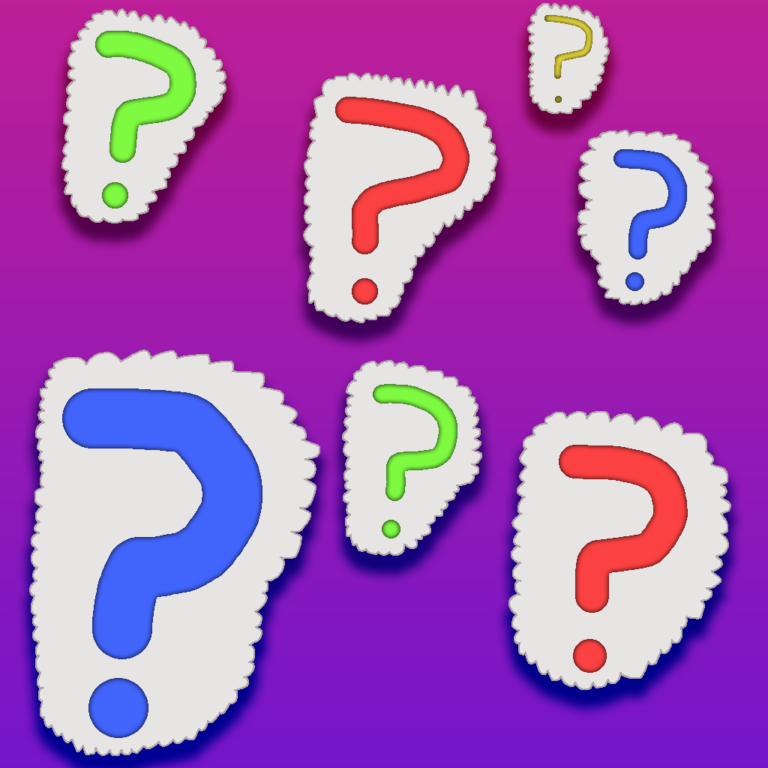
If you have artistic skills, it’s helpful to draw a rough sketch. This gives you an idea on what he looks like, what kind of clothes he wears. This is still part of the concept stage.
Part of creating a fantasy character during the brainstorming process is coming up with names. Admittedly, they’ll be considerably rough and subject to change later on. There’s not many characters whose names remained the same from beginning to end. Perhaps a name you gave him today that sounded cool, tomorrow or next week you thought of something even better? Try not to get too attached to the name you give him.
You’ll repeat this process for all of the characters you want to use in your novel. Does it mean you need to include every single one of them? Not necessarily. Only include those that impact the story either in a major or minor way and omit those that contribute nothing to the plot. You can bring them into another story, since you’ve already done the legwork there!
One important step in creating a fantasy character is establishing his physical features. His physical appearance is largely derived by who he is at heart. It also dictates how he interacts with other people and vice-versa.
The first thing to do is to think of the race your character will be a part of. Fantasy worlds aren’t just populated by humans; there’s elves, dwarves, dragons and many others. This also includes animals like bunnies and wolves. The race your character is part of determines how he perceives the world and all other life forms. If you’re interested in creating your own fantasy race, we have a nifty article that covers exactly that.
Next up is gender. Each race has expectations for how males and females ought to look. Human males are supposed to be a bit dirty and have wrinkles as opposed to male elves, who look majestic and young and move at ease. You can craft many interesting characters that look like they belong in said group but they defy societal norms by doing things wholly out of character.
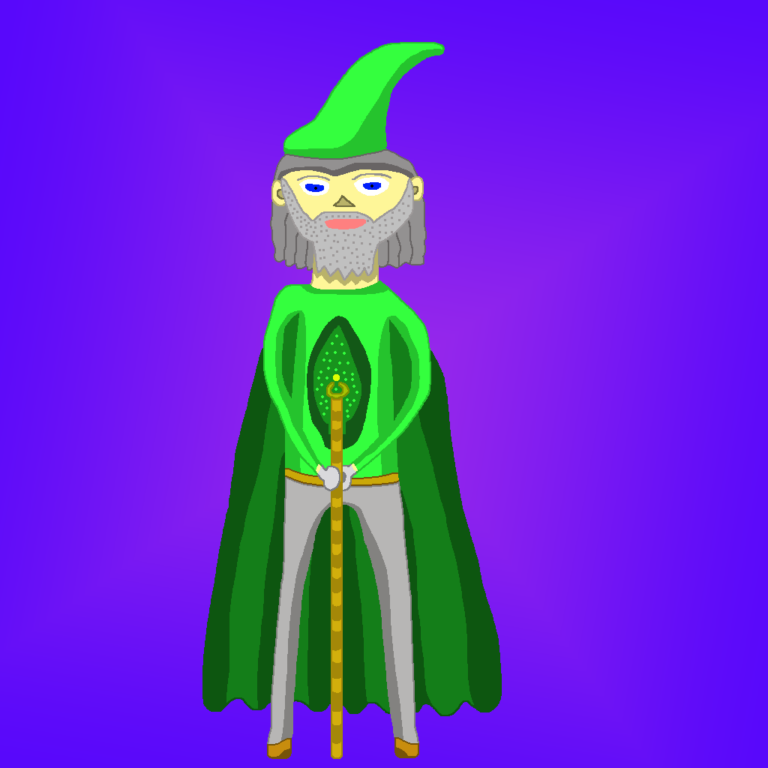
In creating a fantasy character, take time shaping the face. It’s where he conveys his expressions and interacts with other characters. The color of his eyes are particularly important since they give a glimpse into his soul. Blue-eyed people tend to be more trustworthy for example. There’s many different ways to style the hair so go with one that fits the character. For a male elf, long straight hair that flows past his shoulders matches him perfectly. Don’t forget about the other features like the ears, nose, and mouth!
It’s also imperative that you show or explain his body type and weight. These two things substantially impact his physical strength and capabilities. Thin, muscular characters are more nimble, meaning they can move faster and have more energy than rotund characters who move slower and have less energy. Go with the ones that match your characters.
Finally, the last part of the physical features of a character is the height. A character’s height largely drives the things he can do. Tall characters can scope the battlefield by seeing over enemy shoulders whereas short ones have an easier time reaching things compared to their tall brethren. The height can also denote a character’s age though there are exceptions. Children are shorter than adults but adult dwarves are as tall as human children.
With the physical feature done, it’s time to move onto the next step of creating a fantasy character: the personality. Working on the inside means you’re developing his psyche. You’re creating his spirit, how he thinks and sees the world. No two characters are the same.
A vital aspect of a character’s personality is his way of speaking. Everyone has their own way of speaking and vocabulary set. How he speaks showcases his education level and status; wealthy nobles speak clearly and have a great grasp of language as opposed to poor peasants who speak in a broken style due to their lack of education. Having a character speak the language that’s expected of his status goes a long way towards making him feel real.
Idiosyncrasies are key in creating a fantasy character. Everyone behaves differently and they have their own way of coping with things. Nervous characters are prone to suspicion and are quick to lash out unlike strong, cool ones who deal with problems by running into them head-on. Craft those that fit in with how your character sees the world. Giving them idiosyncrasies that don’t match hurts your characters, for your audience will have a hard time taking them seriously.
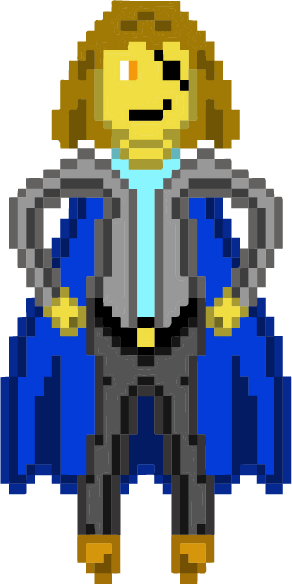
A character’s disposition guides how they perceive the world and other people. Popular examples include: sunny, cheerful, violent, pessimistic, carefree, snobbishness, and downtrodden. There are many different types so choose one that works for your character!
There are two types of people: extroverts and introverts. Extroverts are outgoing people who enjoy socializing with others whereas introverts like to keep to themselves. Each type has its own pros and cons so it’s essential that you assign the right one for your character.
Finally, one facet of a character’s personality is his leadership capabilities. Dominant personalities are more likely to assume the mantle of leader and they get things done without encountering fierce opposition. Submissive ones shun leadership, instead being content merely to follow orders. Only you can determine whether your character is meant to be a leader or a follower.
A core aspect of creating a fantasy character is coming up with his backstory, his history. What he’s been through in his life before the story begins and during it will have a profound effect in how he makes decisions and why. Everyone has their own story to tell and it’s up to you, the creator, to present it in a compelling fashion.
Writing about what his life was like when he was growing up, even in the outline, gives you valuable insight into how he thinks and approaches things. Living in poverty while in childhood makes an adult more frugal with his money and less likely to spend it on extravagant items.
Explore the character’s relationship with his family. Was he on good terms with his parents and siblings or was he considered the black sheep of the family? Just like in the real world, not everyone has a family. Some were orphans and spent their childhood living in a group home or on the streets where they scrimped for food every day just to survive.
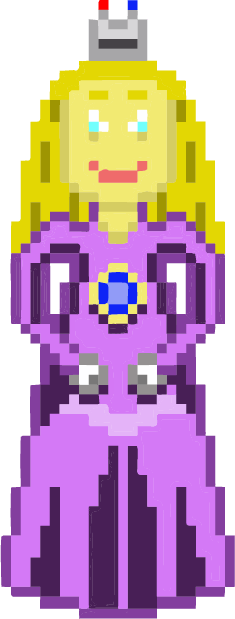
Everyone has something they hold in high regard, something they cherish above all else. That drives them to do things they otherwise might not do to either get what they want or to protect it from harm.
Everyone has a position in society. Show what status he has in society by what kind of clothes he wears. Nobles wear elegant clothes and ornate jewelry whereas rogues make do with what they find across their travels. The clothes they wear dictates how other people treat them and vice-versa.
Constructing a character’s backstory helps you build a fully-fleshed character who acts much like a real person would. He has his own reasons for doing the things he does, why he’s the way he is. This is a great way to reveal a previously unknown part of the character to the audience which can make them view him in a completely different light.
Creating a fantasy character is a vital part of being an author. Characters are invaluable to the story due to how they make decisions and the reasons for said decisions which can take the story in new directions. However, you’ll be making many changes throughout the process as you flesh him out.
The first part of the process is the concept stage. This occurs right at the beginning when you’re brainstorming, long before you have a fully realized character. It could be a name that sticks out or some kind of trait you find yourself thinking about and want to explore in your novel. And then you begin adding more and more and before you know it, you’ve formed a rough outline of what your character’s about.
Next up is the physical features. You’re now making him look like a real person or a fantasy species by describing what he looks like. His physical appearance drives how other people perceive him and what the audience thinks of him the first time he appears in the novel.
Equally important is the personality. A character’s personality showcases how he interacts with other people and how he views the world. There are a number of factors that go into why he acts the way he acts and they differ from person to person.
Don’t forget to explore the backstory. Exploring the character’s past gives great insight into how he became the way he is now, for good or ill. It goes a long way towards making him feel more real, more human. The backstory can also make the audience relate to him in some capacity.
Since you’ve learned what goes into creating a fantasy character, it’s time for you to take the reins and begin breathing life into yours. There’s only one question you have to ask yourself: are you ready to make a character people will love (or hate)?
Let me know what you think in the comments below. (Note: this is an account-exclusive feature).
If you don’t have one, you can register here. It only takes a few moments of your time!
Liked this article and want to subscribe? All you have to do is fill out the form below and that’s it!
Thanks for reading this and until the next time,
Sunfire
Subscribing means you receive:
You can always unsubscribe anytime.
Do you want to build the fantasy world you’ve always dreamed of?
Subscribe to receive notifications when a new post is out and for our monthly newsletter!
You can always unsubscribe anytime.